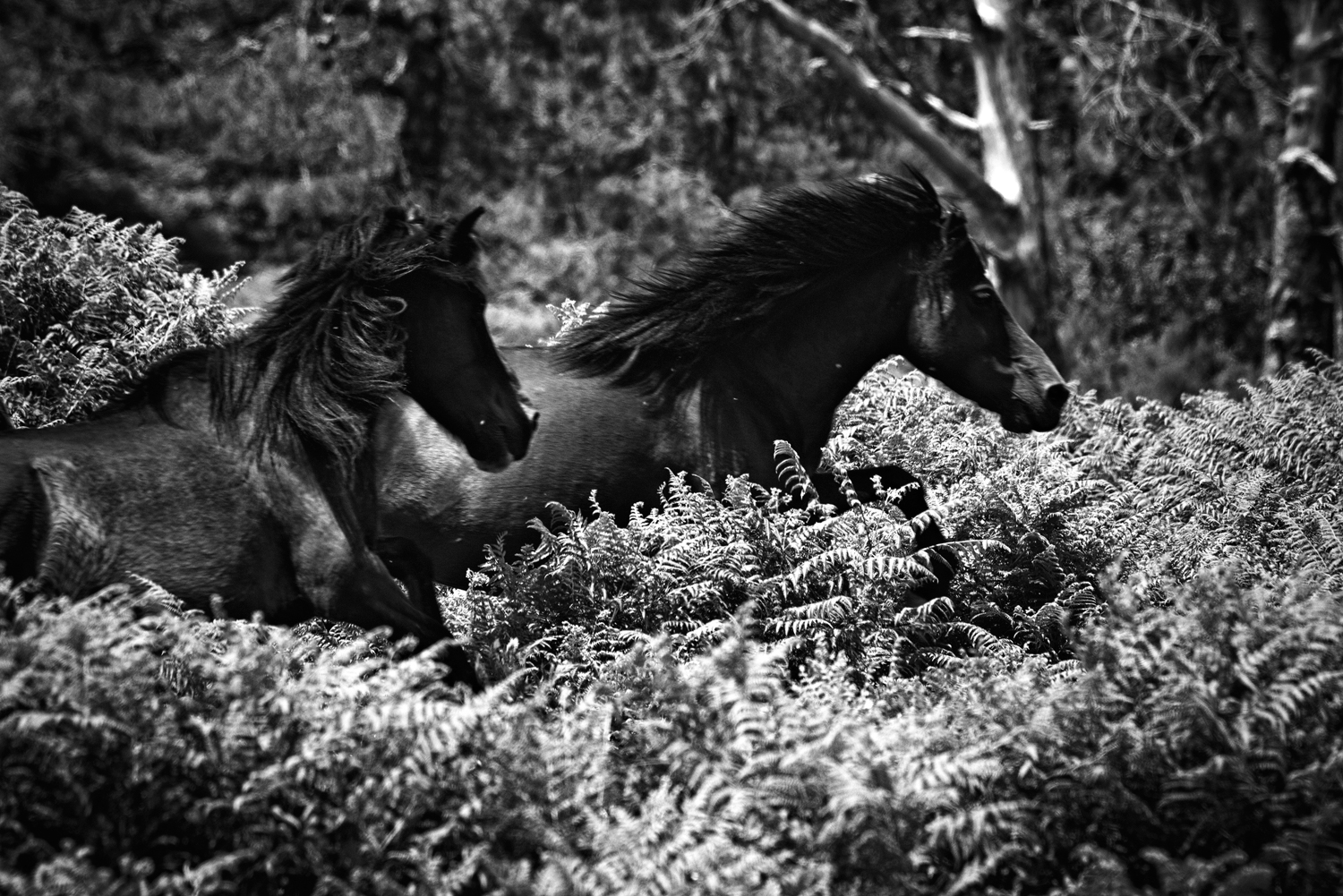Origin and history

Festival declared of international tourist interest.
The Rapa das Bestas of Sabucedo is a cultural manifestation of great authenticity. The events begin with an ancestral ritual that commemorates the horses’ link to the divine, followed by an ascent to the mountain to round up the wild herds. The events begin with an ancestral ritual that commemorates the horses’ link to the divine, followed by an ascent to the mountain to round up the wild herds. The event also offers a camping area and nighttime entertainment.
The Legend
The popular tradition of Sabucedo holds that the origin of the Rapa das Bestas dates back to a great plague. To avoid contagion, two sisters offered San Lourenzo two mares in exchange for his protection. After the plague, they fulfilled their promise, handing the animals over to the parish priest. Over time, the mares multiplied, giving rise to the herds that now inhabit the mountains of the area.
Although there are no direct records of this event in the parish books, there are place names (toponyms) in the region, such as “A Cabana” or “Carballeira das Vellas,” that suggest a possible connection to the legend. The oral tradition could be based on plagues documented from the 16th century, such as the bubonic plague of 1567, for which historical records exist in the Santiago Cathedral. However, there is no evidence in the parish documents, as these began to be written in the late 17th century, after the great plagues.
Ancestral Heritage
There is no certainty about when the people of Sabucedo first began to relate to the “bestas.” However, in the mountains where the horses live, there is a notable Ancestral Heritage. The area is dotted with numerous petroglyphs (rock carvings) and mámoas (burial mounds) that date back thousands of years. These archaeological remains speak to the ancient human and cultural presence in this environment.
Archaeological Survey
Just as Rome has Romulus and Remus, the Rapa das Bestas of Sabucedo has two legendary mothers. An archaeological survey has preserved the vestiges of their supposed dwelling, known as « Casa das Vellas» (The House of the Old Women).




